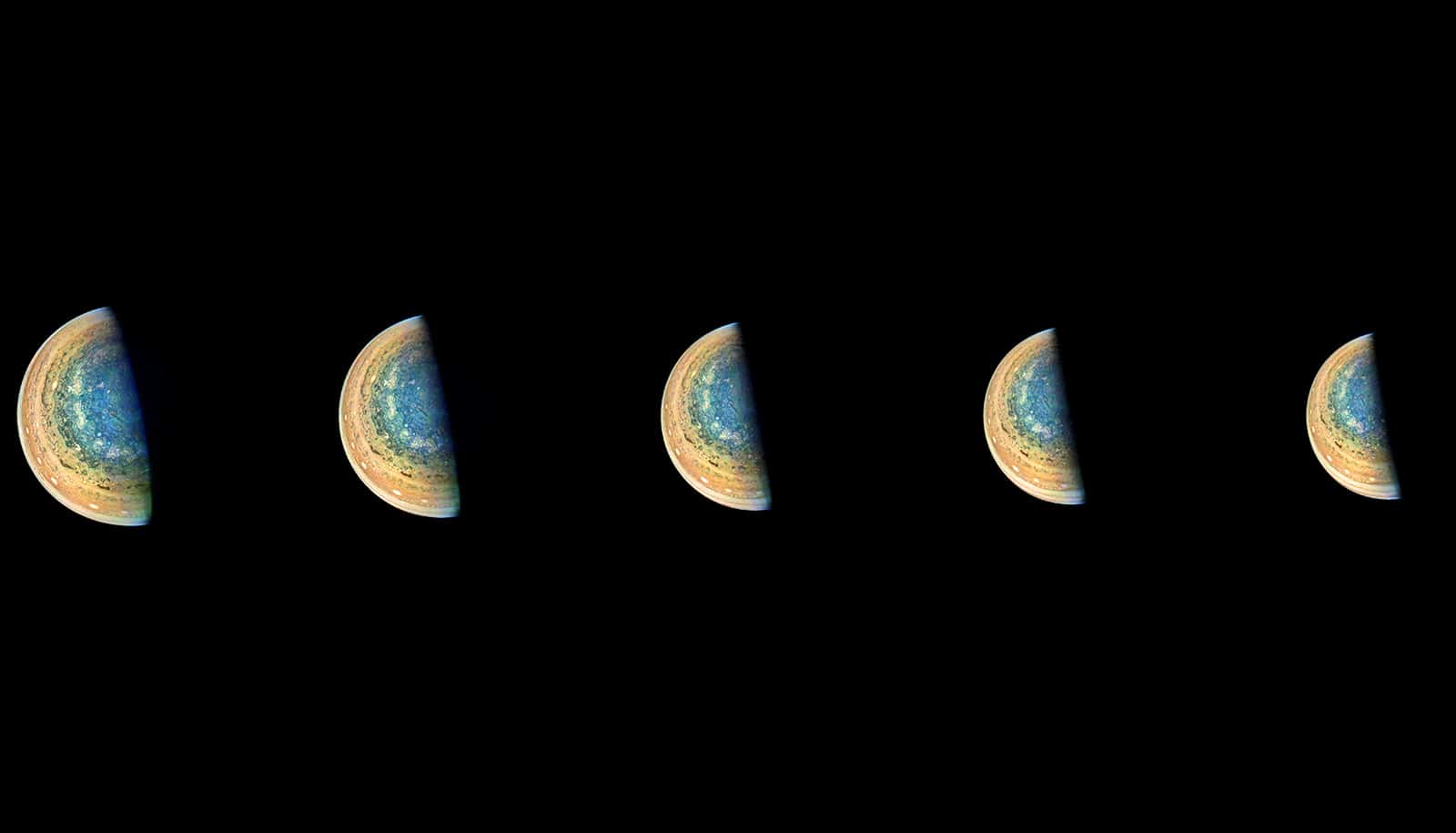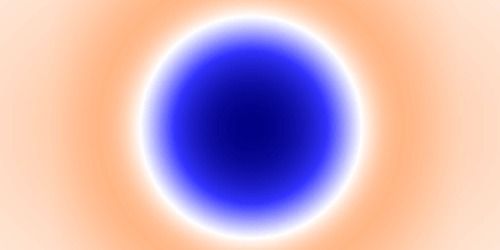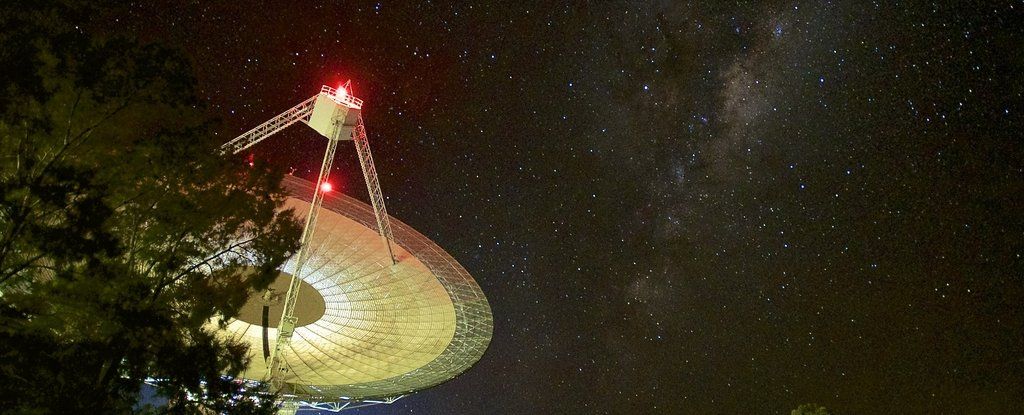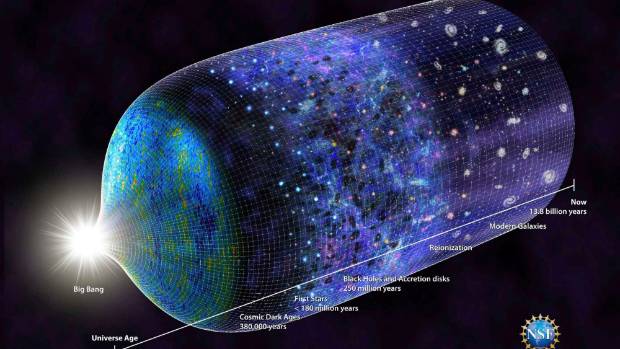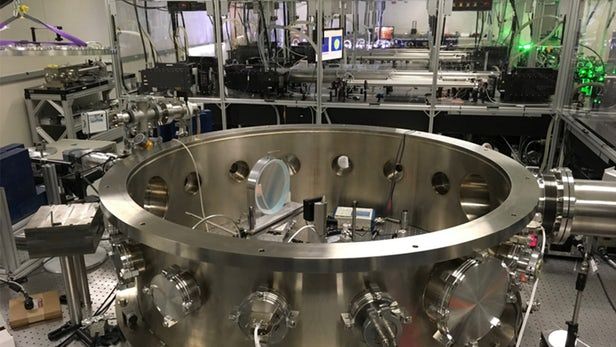
Exotic physics can happen when quantum particles come together and talk to each other. Understanding such processes is challenging for scientists, because the particle interactions can be hard to glimpse and even harder to control. Moreover, modern computer simulations struggle to make sense of all the intricate dynamics going on in a large group of particles. Luckily, atoms cooled to near zero temperatures can provide insight into this problem.
Lasers can make cold atoms mimic the physics seen in other systems—an approach that is familiar terrain for atomic physicists. They regularly use intersecting laser beams to capture atoms in a landscape of rolling hills and valleys called an optical lattice. Atoms, when cooled, don’t have enough energy to walk up the hills, and they get stuck in the valleys. In this environment, the atoms behave similarly to the electrons in the crystal structure of many solids, so this approach provides a straightforward way to learn about interactions inside real materials.
But the conventional way to make optical lattices has some limitations. The wavelength of the laser light determines the location of the hills and valleys, and so the distance between neighboring valleys—and with that the spacing between atoms—can only be shrunk to half of the light’s wavelength. Bringing atoms closer than this limit could activate much stronger interactions between them and reveal effects that otherwise remain in the dark.
Continue reading “Two-toned light pattern creates steep quantum walls for atoms” »



